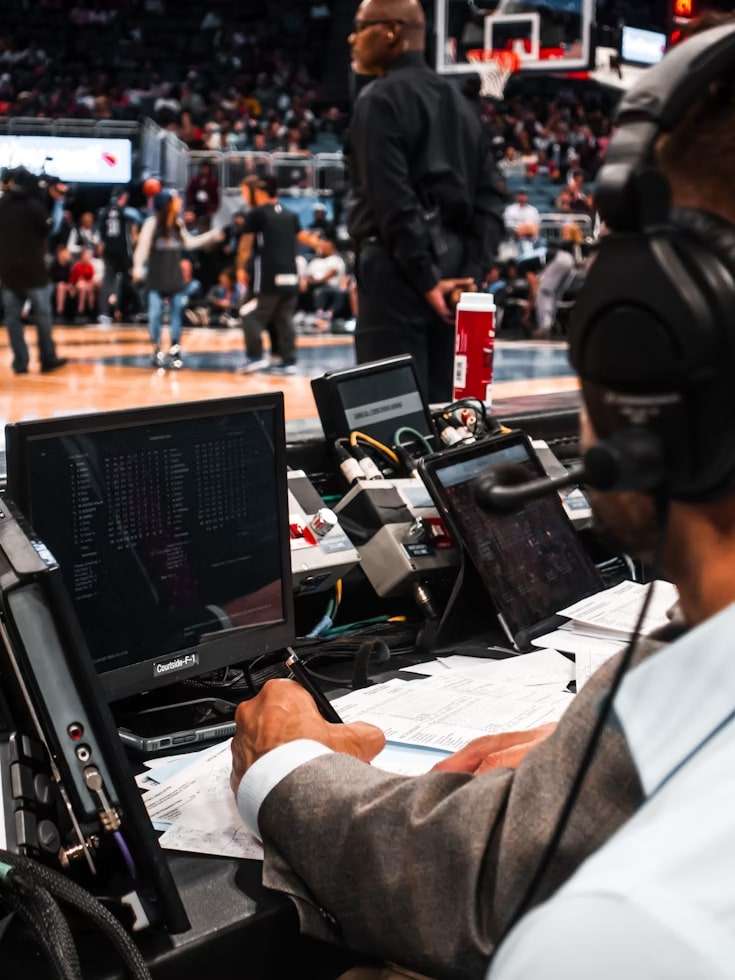Technology has transformed nearly every industry — and the world of sports engagement is no exception. While the games themselves are still decided on the field, the way fans interact with them has become far more sophisticated. What used to be simple pre-game chant or casual predictions has evolved into a world of real-time data, interactive tools, and algorithm-driven projections.
This shift isn’t just for professional analysts or fantasy league veterans. Everyday fans now have access to tools that once required deep technical know-how or insider resources. Whether it’s tracking injury trends, modeling win probabilities, or simply comparing historical matchups, data-driven platforms have lowered the barrier to entry for informed sports engagement.
One example of this trend is a parlay bet calculator — a streamlined tool that allows users to calculate multi-leg outcome probabilities and projected returns with just a few inputs. These calculators aren’t just about numbers. They represent a larger movement: making complex sports analysis accessible and digestible to a broader audience. For fans trying to understand the value of different outcomes across multiple games, tools like this can provide instant clarity and help make more data-informed decisions.

or
Behind these innovations are independent creators and publishers who are bridging the gap between traditional fandom and tech-savvy analysis. Platforms like Luxury Football Elite, for example, focus on simplifying complex statistical tools without losing depth or accuracy. Instead of overwhelming users with jargon or raw spreadsheets, they offer intuitive, mobile-friendly features that anyone can pick up and use in seconds — no tutorials required.
This democratization of sports data mirrors similar movements in finance, fitness, and even personal productivity — where once-premium tools are now widely available online, often for free. And the benefits extend beyond entertainment. As fans become more analytical, conversations around games become more nuanced. People are more likely to explore advanced stats, challenge assumptions, and even spot trends that broadcasters miss.
Looking ahead, the integration of AI and real-time analytics will only accelerate this trend. Smart recommendation engines, personalized dashboards, and machine learning-based predictions are already entering the mainstream. For creators and platforms leading this movement, the challenge will be balancing accessibility with depth — giving casual users what they need without watering down the insights.
The bottom line? Data has become part of the modern sports experience. And with the right tools, fans aren’t just watching the game — they’re understanding it better than ever before.
